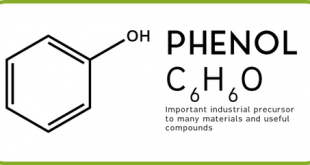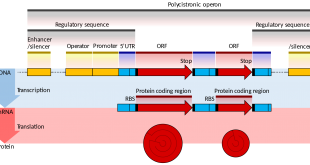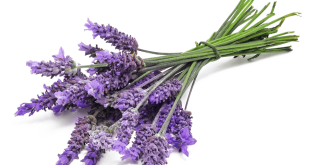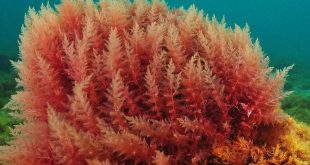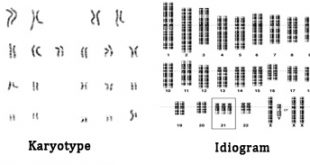Activating Windows 10 is key for businesses. It shows your OS is real. This article helps you activate Windows 10. Understanding Windows 10 Activation You need to activate Windows 10 to check if it’s real. This stops piracy. You also get updates and features. The Importance of Windows 10 Activation …
Read More »Online Casino No Documents Required: Quick Access in 2025
The allure of online casino no documents required is undeniable. Imagine the convenience of diving straight into your favorite games without the cumbersome process of uploading identification or waiting for verification. This entry is perfect for players eager to experience the thrill immediately and maximize their gaming time. Benefits of …
Read More »Evaluating Kmspico Alternatives for Software Compliance
You need to activate your software before you can use it. For Windows and Office, there are many ways to do this. Some people use Kmspico. What is Kmspico? Are there better options? Let’s find out. What is Kmspico? Kmspico helps you activate software like Windows and Office. It acts …
Read More »Phenols : Characteristics, Classification and Uses
What is Phenol? A large number of phenolic compounds which occur in plants as secondary metabolites are commonly known as Phenols. They are also known as Phenolies, Phenic acid, Benzenol and Carbolic acid.These compounds were first identified by German chemist Friedlieb Ferdinand Runge. They all are a chemical compounds consisting …
Read More »Regulation of Gene Expression in Prokaryotes: General features and Significance
Every cell of an organism possesses all the structural genes or cistrons. The genes produce proteins and control the activities of the organism. But a genetic system doesn’t allow them to function all at a time in order to avoid enzymatic chaos. Many gene products are only needed occasionally by …
Read More »Essential Oil: A Concentrated Hydrophobic Liquid
Essential Oil Essential oil is a concentrated hydrophobic liquid containing volatile aroma compounds from plants. They are usually lipophilic (literally: oil-loving) compounds that usually are not miscible with water. Also, they can be diluted in solvents like pure ethanol and polyethylene glycol. They are also known as volatile oils, ethereal …
Read More »Terpenoids: A Structurally Diverse Class of Natural Products
An enormous range of plant substances are covered by the term ‘Terpenoids’ which is used to indicate that all such substances have a common origin. This Terpenoids are a diverse group of naturally occurring organic compounds mostly found in plants. They are any of a class of hydrocarbons that consist …
Read More »Divisions: Pyrrhophyta, Cryptophyta, Rhodophyta
Algae is an extremely diverse group of organisms that make up the lower phylogenetic echelons of the plant kingdom. A precise definition of this group is elusive and they share many obvious characteristics with higher land plants, whereas their distinguishing features from other plant groups are varied and more subtle …
Read More »Haploid Breeding: Development of Pure Homozygous Line
Haploid Breeding Haploids are sporophytic plants that are autonomous and possess only a single set of chromosomes (gametophytic chromosome number). These are in contrast of diploids containing two sets of chromosomes. Haploids may be originated from a gametic cell in the embryo sac or in the pollen grain. In haploids, …
Read More »Karyotype and Idiogram : A way to provide preliminary idea about Genome
Karyotype Most living organisms have chromosomes as the structural and functional units of genetic information in their cells. The number and appearance of chromosomes vary species to species. A karyotype is an organized profile of total chromosomes in a species or in an individual organism. It gives a preliminary idea …
Read More » Plantlet The Blogging Platform of Department of Botany, University of Dhaka
Plantlet The Blogging Platform of Department of Botany, University of Dhaka
